Description
Calcium Hypochlorite: Specifications, Uses, and Product Descriptions
Calcium Hypochlorite is a widely utilized chemical compound, known primarily for its powerful disinfecting and sanitizing properties. It is most commonly found in the form of a solid, white or off-white powder or granules. Due to its strong oxidizing nature, it is primarily used for water treatment, swimming pool disinfection, and surface sanitation. This essay explores the specifications, features, and various uses of Calcium Hypochlorite, emphasizing its importance in public health and sanitation.
What is Calcium Hypochlorite?
Chemically, Calcium Hypochlorite is represented by the formula Ca(OCl)₂. It is made by reacting calcium hydroxide with chlorine gas or hypochlorous acid. The compound is highly effective in killing bacteria, viruses, and other pathogens due to its ability to release chlorine when dissolved in water. This characteristic makes Calcium Hypochlorite essential for sanitizing drinking water, cleaning swimming pools, and disinfecting surfaces in both commercial and residential settings.
Uses of Calcium Hypochlorite
-
Water Treatment: Calcium Hypochlorite is predominantly used in municipal water treatment plants to disinfect drinking water. The compound kills harmful microorganisms like bacteria, viruses, and protozoa, making water safe for consumption. It is also used in emergency situations to purify water in areas affected by contamination or natural disasters.
-
Swimming Pool Disinfection: It is widely used to maintain proper hygiene and safety in swimming pools. By adding Calcium Hypochlorite to pool water, pool owners can ensure that harmful pathogens are neutralized, preventing the spread of waterborne diseases. Its ability to quickly dissolve and release chlorine makes it an ideal solution for maintaining clear and sanitized pool water.
-
Surface Sanitization: The compound’s strong oxidizing properties make it ideal for disinfecting surfaces in hospitals, kitchens, laboratories, and other environments where hygiene is critical. It is used in both residential and commercial settings for general sanitation and cleaning.
-
Bleaching Agent: Calcium Hypochlorite is also used in the textile and paper industries as a bleaching agent. It is effective in removing stains and brightening materials due to its high chlorine content.
-
Industrial Applications: It is used in various industrial applications, such as the production of other chemicals, oxidation processes, and as a disinfectant in cooling towers.
Conclusion
Calcium hypochlorite is a powerful, versatile compound with critical applications in water purification, pool maintenance, and sanitation. Its high chlorine concentration, ease of storage, and long shelf life make it an ideal choice for both commercial and residential use. However, due to its reactive nature, proper handling and storage are essential to ensure safety.
Whether you’re managing a swimming pool or working in industrial sanitation, calcium hypochlorite remains a reliable and effective disinfectant solution.


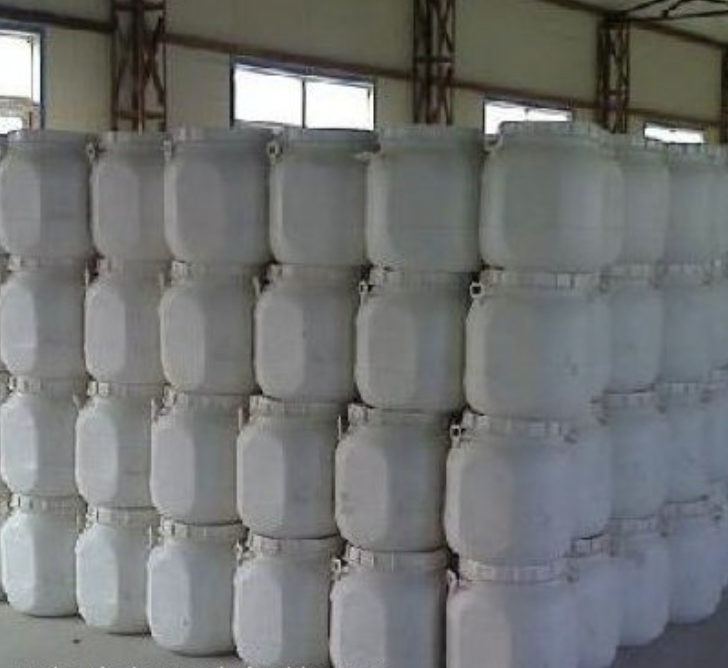
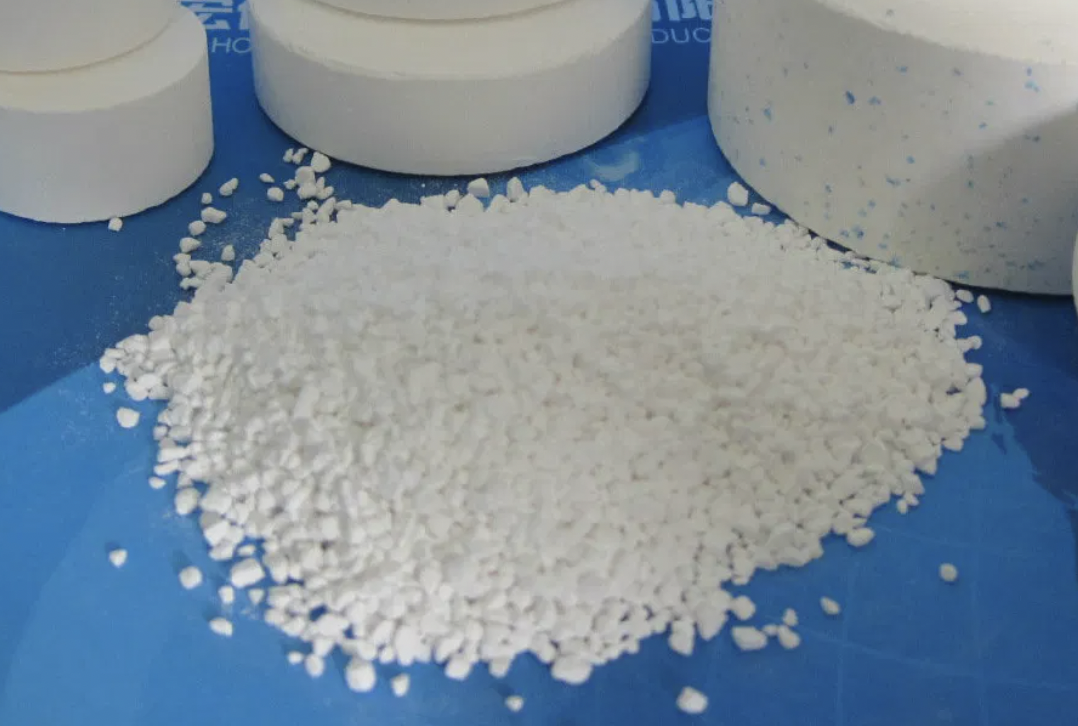
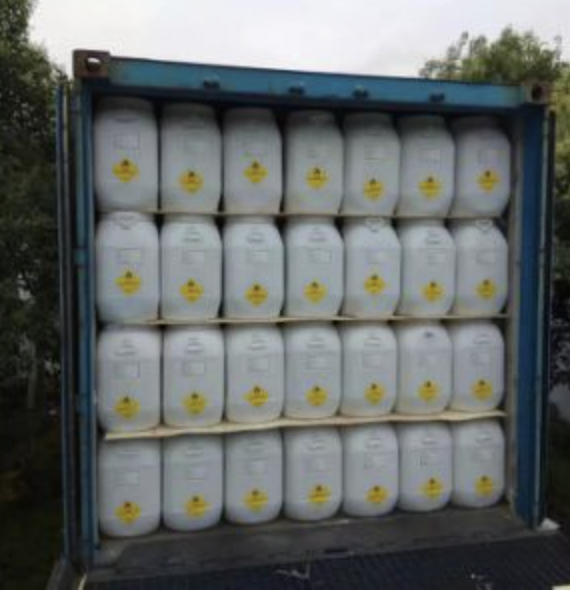
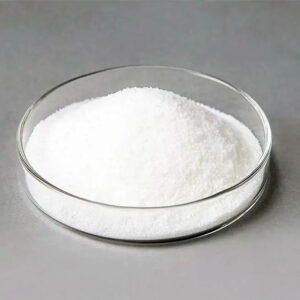
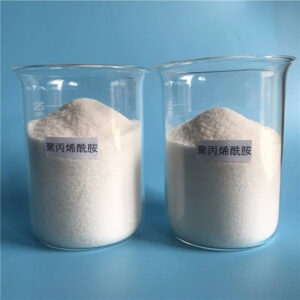

![ferric aluminum sulfate flake 16% [furrous]](https://mjrdchemhome.com/wp-content/uploads/2025/04/camachem_-_ferric_aluminium_sulfate_flakes_2_-300x300.jpg)